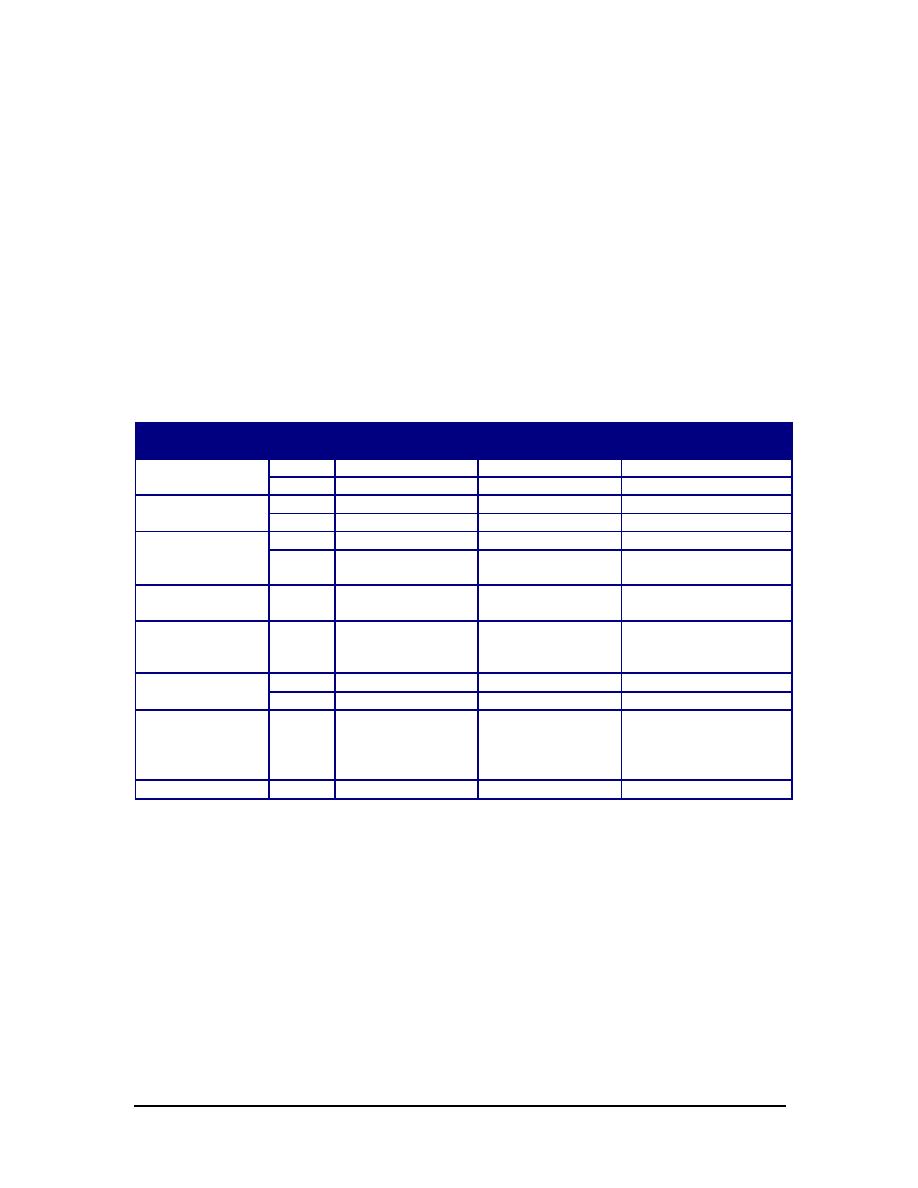
Forcible Entry Demonstrations
Page 9
Air-blast Resistant Window Systems
7. Findings
Firefighters were able to clear all of the windows, but the average time to clear varied
among the different types of treatment. The table presented in this section describes
averaged results only; the test results in their entirety are given in Appendix C.
Brief descriptions of the results of the tests of each type of window follow.
7.1.
Average Times
Table 3 shows the clear times (if only one window of a particular type was tested) and
average clear times (if more than one window of a particular type was tested) for first
floor access and egress for the different window types. The fastest time was for the
thermally-tempered glass with daylight film and the longest times were for the windows
with four-sided attached film.
Table 3. Average Times
Air-blast-
Glass
Average Time to
Average Time to
Average Time to Clear
Resistant System Type
Break (seconds)
Vent (seconds)
(seconds)
Daylight film
AG
2
8.7
33.5
TTG
1.5
3.5
7.5
Four-sided
AG
2.5
5
39.0
attached film
TTG
26
26
64 (one test only)
Four-sided
AG
1.5
5.5
28.5
attached film with TTG
2
3
35.0 (one test only)
center seam
Two-sided
TTG
6
15
30.0 (one test only)
attached film
TTG
1
2
26.0 (one test only)
Two-sided
attached film with
center seam
Single-paned
AG
6
13.5
27.5
laminated glass
TTG
4.5
9.5
15.0
Insulating glass
AG
12.7
17.5
29.0
units
with inner pane
laminated
Untreated glass
AG
1
1
24.0 (one test only)
7.2.
Daylight Film Application
7.2.1. Annealed Glass
In one case, the film appeared to make the first break more difficult (four seconds for the
window with film versus one second on the control untreated window). Venting took
longer for the window with the film (average of twelve seconds with film versus one
second on the control window). A beneficial side effect of the film treatment is enhanced
safety for personnel on lower levels when firefighters attack from an upper floor, due to
the decreased number of shards falling.
Hinman Consulting Engineers, Inc
www.hce.com



 Previous Page
Previous Page
